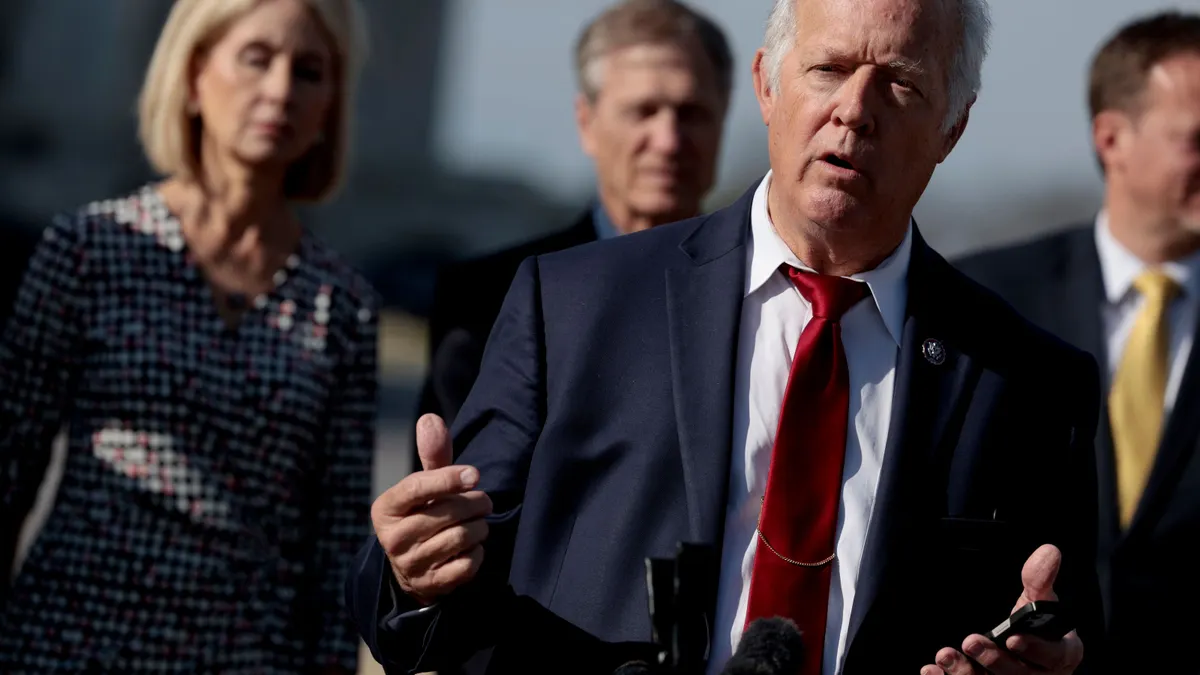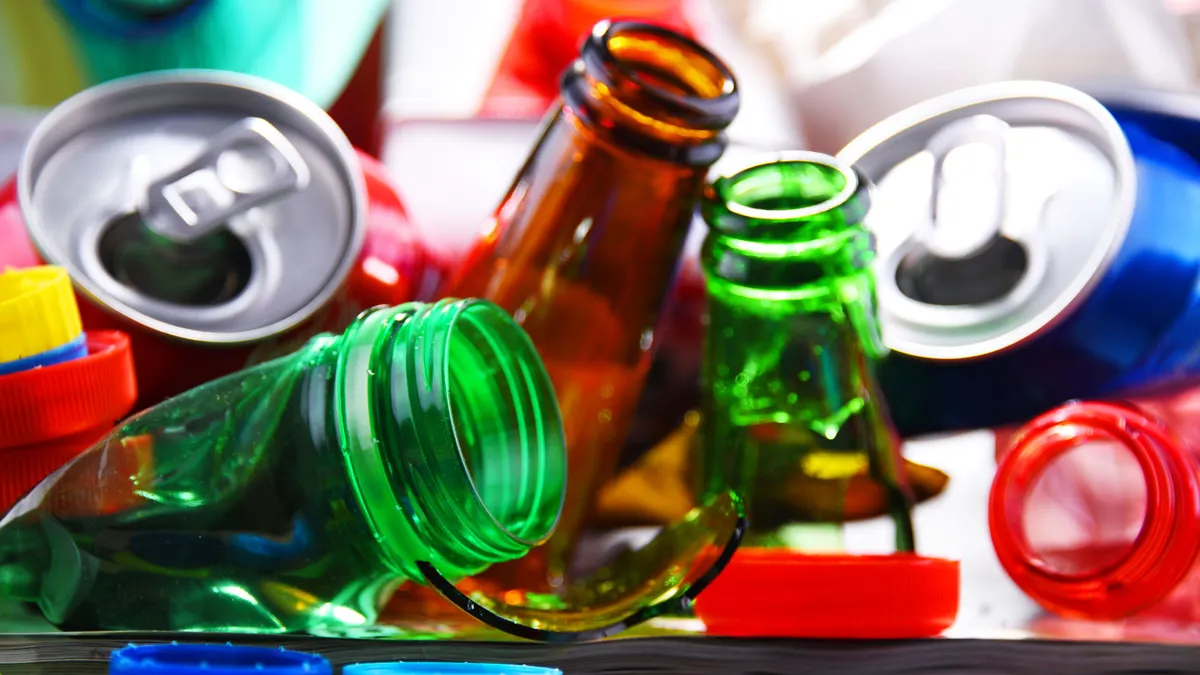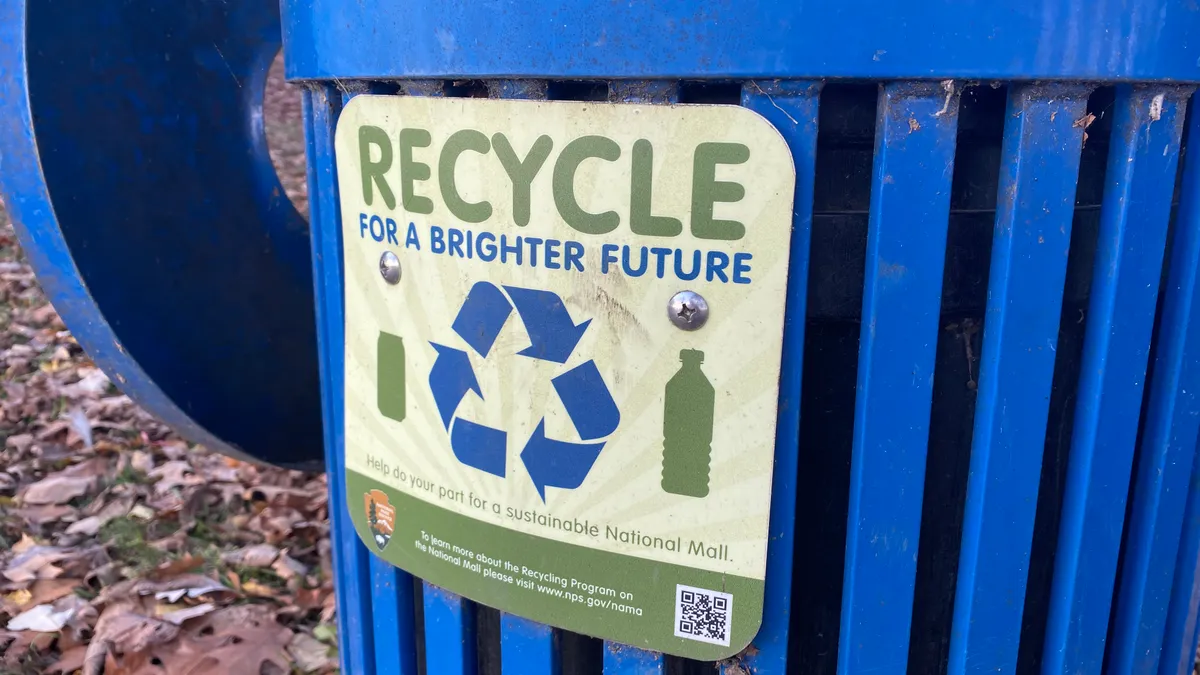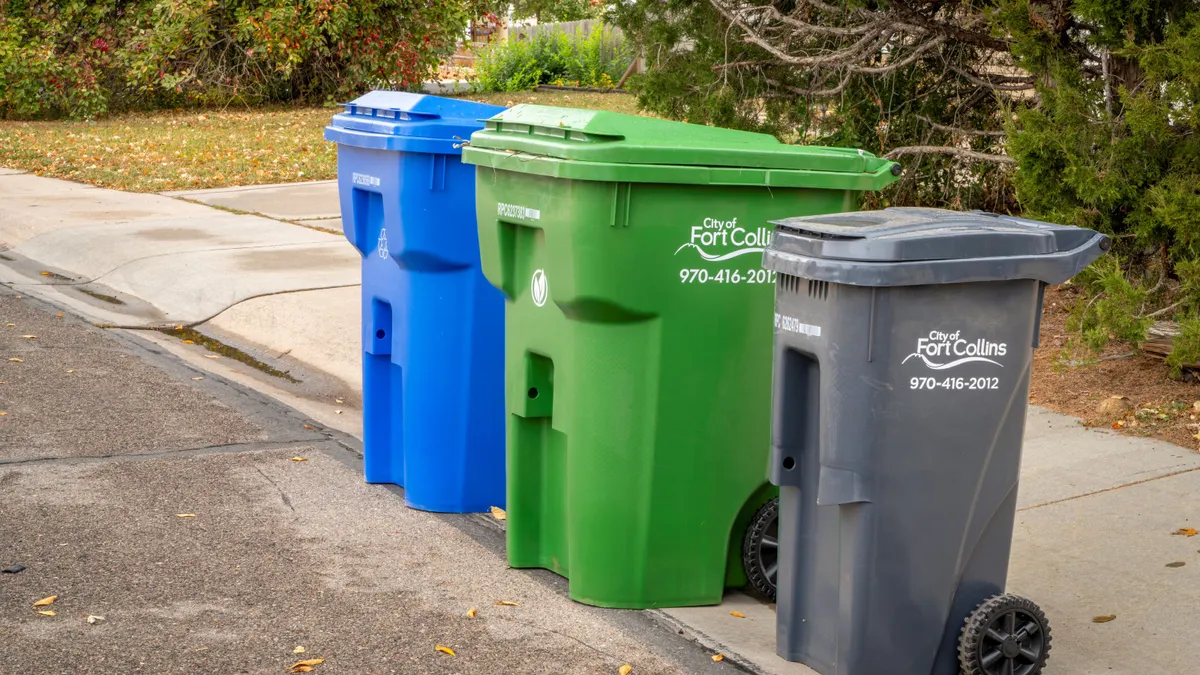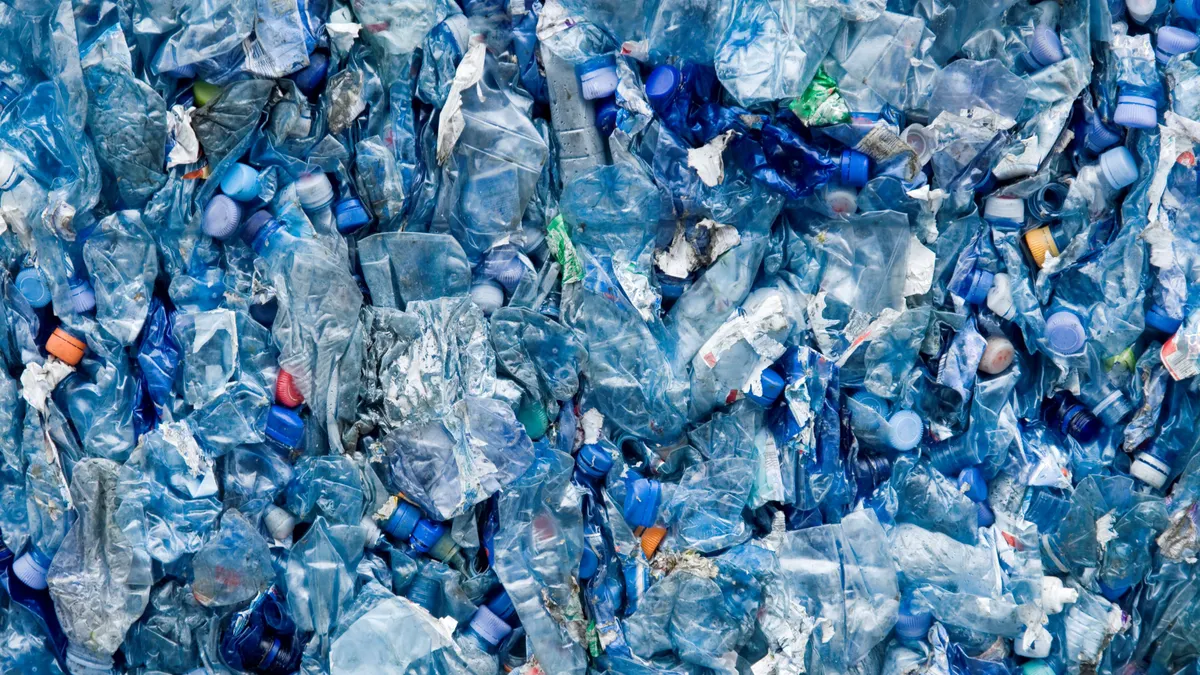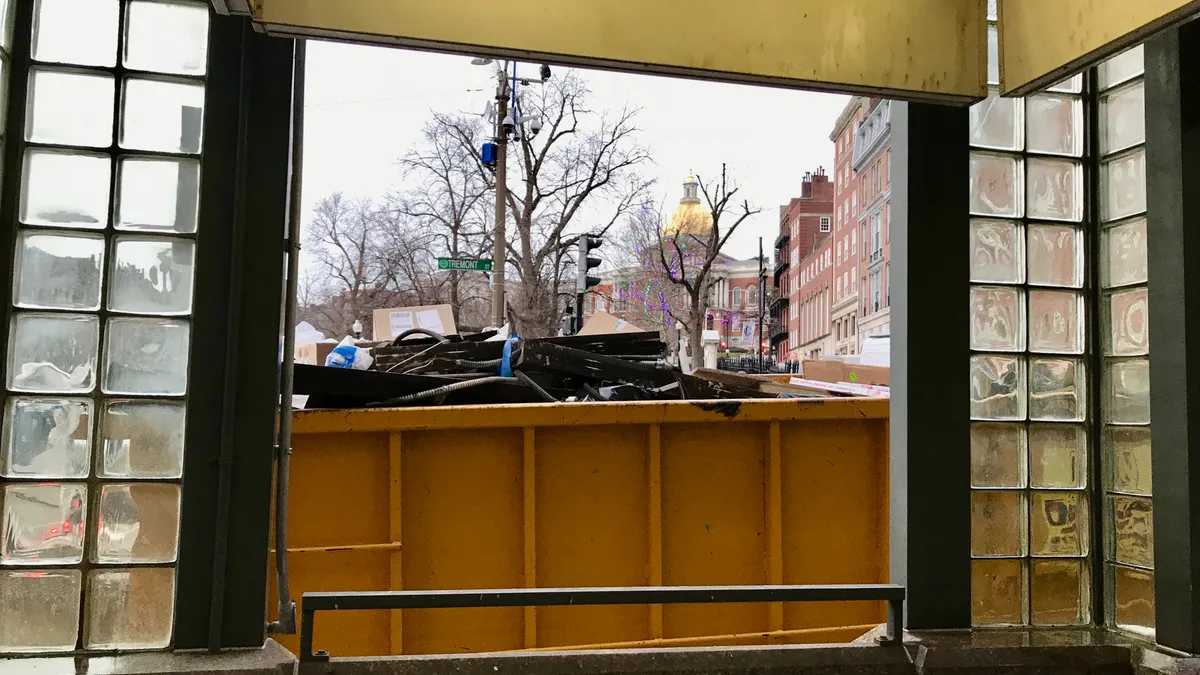The Environmental Protection Agency (EPA) expects to continue its recently elevated role in the national dialogue on recycling for the near future – as markets and business models shift rapidly – with multiple plans in store to mark progress next week.
Following a year of challenging commodity pricing, financial struggles for recycling programs and increasing sustainability interest from corporate players, the agency stepped up to host a summit on America Recycles Day in 2018. While finding meaningful consensus among the many interests involved may be challenging, the conversation has continued within four working groups. Their individual focus areas were identified in a voluntary pledge – education, infrastructure, market development and measurement.
The EPA released a progress report this summer, partially in response to Congressional inquiries, and multiple officials attended WASTECON in Phoenix to share more updates.
“I believe recycling in the U.S. is still strong," said Kathleen Salyer, deputy director of the EPA's Office of Resource Conservation and Recovery. In her presentation, Salyer outlined plans to move toward "an even more resilient recycling system" by focusing not just on material quality but also demand.
Waste Dive spoke with Salyer and her colleagues on the sidelines of WASTECON to learn more about EPA's role going forward.
Revitalized engagement
While regulatory authority over recycling is largely handled at the state and local level, the EPA has a long history of conducting research, sharing tools and facilitating dialogue in the space. Much of that attention has been focused on the broader issue of sustainable materials management in recent years, but major economic changes have prompted calls for renewed engagement in the daily realities of the system.
Between state and local governments, and the recycling industry itself, those calls for action reached a new level in 2018.
"When the domestic impacts of the changes in the international markets became apparent, we were hearing a lot from our stakeholders about the need for EPA to be more engaged and help with a national dialogue," said Salyer, who also cited a recent uptick in congressional interest. "There's a recognized need for federal level engagement, whether it be executive and/or congressional."
Congress could bring major changes to EPA's recycling role if lawmakers consider various bills, but in the meantime the agency is focused on making progress within its four action areas.
Education
The current focus for education is working out common terminology about the benefits of recycling, the importance of buying products with recycled content and issues with contamination. One long-term goal is to develop a "national public relations campaign to lay the foundation for common messaging."
Given the complexities of recycling guidelines between municipalities, let alone across the United States, the prospect of a national campaign might seem daunting for some players. But the EPA believes it can cut through that confusion by establishing common baseline terminology.
"You start talking about outreach, then you design your specific words to meet your audience. But the education part of it, that messaging then remains the same," said Cheryl Coleman, director of the EPA's Resource Conservation and Sustainability Division. "You can adapt that message so that it is communicated in a way that resonates with the geographical area."
The EPA believes that having common terms for MRFs, brands, stores and local governments to use can help streamline the larger process.
"How can we actually leverage all of our collective outreach mechanisms through this America Recycles network to have consistent messaging about plastic bags?" said Nicole Villamizar, chief of the resource office's Materials Management Branch, using an example of an item generally not accepted in curbside programs. "That's the power, I think, of being able to collaborate ... We can actually be successful (if) we find that common ground across the country. That will be a great success for a national campaign."
Infrastructure and markets
During her presentation, Salyer described U.S. processing infrastructure as "in desperate need of upgrading and ill-equipped to handle the diverse material streams of today." This issue ties into the parallel conversation around market development, given how the ongoing evolution of packaging influences all levels of the recycling supply chain. As part of this work, the EPA has been trying to "revitalize" its prior role in market development by facilitating new workshops with various organizations around the United States.
While the EPA prefers to stay agnostic when it comes to the recyclability of certain materials, or efforts to create new markets for them (i.e. flexible packaging), the agency does want more discussion before those items hit the market.
"If a product's being designed, you're collaborating with those along the chain of that material to its end of use," said Salyer. "We'd like to see more on that so you're not having these challenges, where you're developing materials that, really, there's no way to recover them."
As more funding is pumped into upgrading MRFs and other processing facilities, that point is emerging as a key factor to consider.
"Having that knowledge about the changes in the waste stream, and what's coming down the pipeline in terms of new design and packaging and materials, will just help inform those investment decisions and those training decisions that they make if we can help bridge that divide across the supply chain," said Villamizar.
Speaking more broadly about the nature of recyclability, and when new products can be considered a well-integrated part of the market, Coleman argued that curbside material should be viewed as a resource rather than something to be managed at any cost.
"What's come out in these work group conversations, for example, is a concept that collection at the curb is the first step of the manufacturing process," she said. "The goal should be to get it back into the manufacturing process if it's destined for recycling. So it's not really looking at if you put enough into it, is it 'recyclable,' as much as is it going to help you meet your goals? And is the return on investment to manage it through that process worth it?"
Measurement
The measurement working group that came out of America Recycles Day builds on the existing Measurement Matters work that EPA has led for years, with many of the same participants involved, and is geared toward finding more common metrics.
Beyond that ongoing work, a new focus for EPA is a sustainable materials management prioritization tool expected to launch this month. This all fits into the agency's WasteWise program, which will mark its 25th anniversary next week.
Salyer said her eventual goal for the tool is to provide information for "multi-attribute, waste management decision-making" by going beyond the existing WARM model's ability to calculate greenhouse gas benefits.
"That really helps round out the case for recycling – in addition to the economic benefits, which I think can be very strong too," she said.
Next steps
With an active list of recycling projects ahead, EPA officials noted this doesn't mean they've moved away from the agency's previous focus on sustainable materials management.
"We haven't abandoned that," said Coleman. "Because if you don't create a material that has to be managed, then you don't have to manage it. And that enables you to put the concentration on those materials that do require extra attention."
Still, Salyer described recycling market changes as among the team's top near-term priorities "for obvious reasons." Next week, the agency will back that up with one of its busiest line-ups of recycling programming in recent memory.
America Recycles activities will run all week, culminating with an innovation fair (said to be pushed by EPA Administrator Andrew Wheeler) and a summit for pledge signatories to mark their progress. Additionally, the week will include a Texas event focusing on veterans in the recycling industry and a California market development workshop.
The U.S. Chamber of Commerce Foundation has also helped fund the creation of a "virtual clearinghouse" for resources about the focus areas covered by the four working groups, with further tools expected to follow.
Asked whether this level of attention should be expected to continue, Salyer said the goal is to eventually see improvement to a level where the agency won't always need so much "focused engagement." That said, there is still a lot to do before that happens.
"We see this continuing out over the next year and beyond. We're just hoping to continue to build the momentum, get more engagement," she said. "So you'll be hearing more about that in America Recycles Week, but I definitely feel like we're just getting things going."






